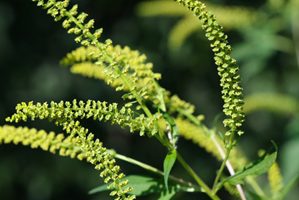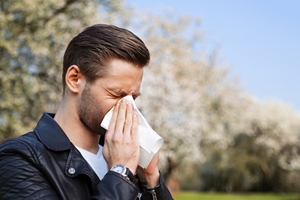
Experts agree this is likely to be one of the worst allergy seasons for many parts of the United States. The cold, wet and prolonged winter in various parts of the country delayed spring. As a result, allergies most commonly dealt with early in the year will now appear in the summer.
Here are three common types of allergies people will soon have to deal with:
1. Ragweed
According to the Asthma and Allergy Foundation of America, approximately 10 – 20 percent of Americans will suffer from ragweed allergies this year. More often than not, they'll begin to sneeze or experience a stuffy or runny nose in late summer.
Ragweed is an annual plant, which means it only lives for one year. However, a single plant can produce up to one billion pollen grains, which are carried to other plants to complete the fertilization process. You may notice your allergies pick up between 10 a.m. and 3 p.m. This is because ragweed's pollen count is highest between these hours.
2. Pigweed/Tumbleweed
Yes, the weed that defines the western portion of the U.S. is the same weed that is making you sneeze. The peak time for tumbleweed to grow is in the spring and fall in the north and west sections of the U.S. According to Health.com, tumbleweed, along with sagebrush and ragweed, are most likely to affect people in late summer and early fall.
3. Grasses
There are countless varieties of grasses and too many to list here. However, what's important is they all cause allergic reactions in similar ways. In the late spring and early summer, grasses release pollen, which travels for miles. If the microscopic pollen fails to find a place to germinate, much of it will make its way into your body.
Common grasses that trigger allergies include Berm
To find allergy solutions, visit Allergy Be Gone's store for a wide range of allergy control products.









